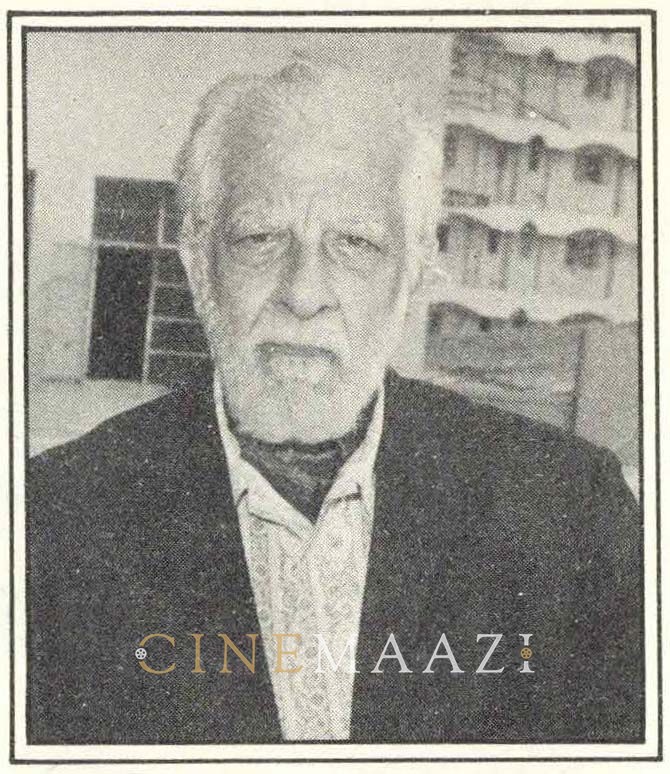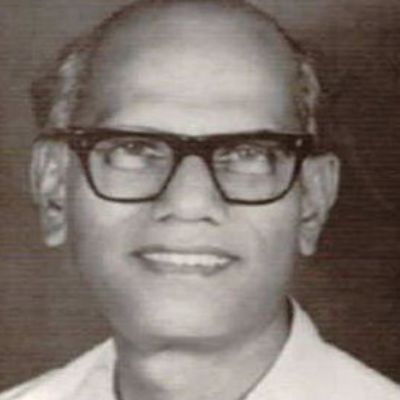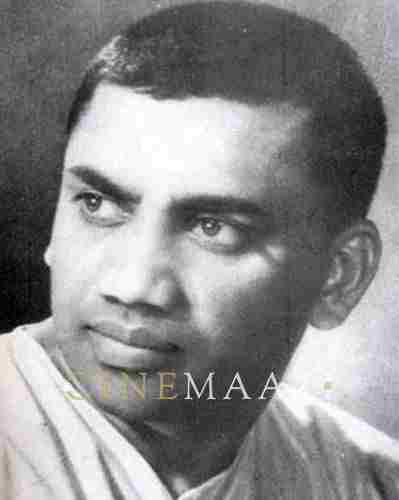What is a Good Documentary Film?

Subscribe to read full article
This section is for paid subscribers only. Our subscription is only $37/- for one full year.
You get unlimited access to all paid section and features on the website with this subscription.
Not ready for a full subscription?
You can access this article for $2, and have it saved to your account for one year.
Mr. X is a once-a-week cinema-goer and pays his usual visit to his neighbourhood cinema. During the programme, he is greatly impressed by a striking documentary film of 15 minutes' duration. He is eloquent in his praise on the merits of the film. Just why did he like the film? Well, he could not exactly say, except that he felt that the way in which the picture was presented pleased him and kept his interest alive, right from the opening to the closing scene.
Just what exactly held the interest of Mr. X so forcefully in his particular documentary film? The combination of a number of factors:
1. Information
2. Emotional impact in the unfoldment of the subject
3. Use of appropriate visuals
4. Effective commentary
5. Pleasing background music and effects
6. Rhythm, meter and harmony.
To analyse each of these points:
1. The film told Mr. X something he did not know before, and it was told to him in an interesting and thought-provoking manner, and with brevity and punch.
2. Emotional impact? Well, the film kept bouncing and hitting Mr. X in the face, through its exposition- pleasantly, compellingly- demanding and holding his undivided interest and attention. Mr. X felt the subject was being unfolded to him in a simple, clear-cut manner, rather in a straight line without side tracking, without distractions. Besides, the music, sound effects, commentary and visuals were so manipulated and editorially constructed that there was not a single foot of film in the picture, that did not directly contribute to the building up of each successive point. The ideas were being put over with effectiveness and brevity, interlinked with the central theme, so that a maximum of information was being conveyed within a minimum of time and space.
3. The use of appropriate visuals, as applied to thought process and its unfoldment, is an important factor in the making of a good documentary film. Image approach to a documentary film is often very different to the camera approach and treatment given to a feature length commercial film. The camera angles used effectively to bring out an idea is, therefore, important and this depends greatly on the skill and experience of the documentary director, and his sense of dramatics and understanding of human nature and audience reactions. It is moved by an inner urge in this-just as the documentalist chooses effective camera angles and meaningful visuals to express his thoughts. An outstanding documentary film of then to fifteen minutes' duration can also be compared to a brilliantly written short story. In the short story, the author, through ingenious manipulation of words, can have the reader run through a whole gamut of emotional and psychological impacts in expressing a given theme. Its keynote- brevity and brilliance of form and style.
Similarly, in the making of a short film, we have ten to fifteen minutes in which to tell our story. The film creator has not the limitless vocabulary of the author to express his ideas, but instead, he has for his medium of expression, a whole series of photographed images which have to be ingeniously moulded and compressed into this short space in order to create the necessary interest and appeal to the audience; and the more the pictorial diversity within the scope of the subject, the greater the interest in the ultimate cutting plan of the picture.
4. In the production documentaries, the spoken commentary has a very important bearing on the interest and appeal a film can make to an audience. Proper voice rendition not only supports the relative visuals advantageously, but also creates a favourable psychological impact on audiences. In fact, the speaking voice, in a large measure, can open or shut the door to audience-interest in a film. No matter how good the other components of the film, a badly spoken commentary will adversely affect the film, whereas a well-spoken commentary can support a weak picture. In the audio-visual media, the merging of good quality voice delivery and supporting visuals is, therefore, most desirable.
5. Expressive visuals, background music, effectively used, do enhance appeal values. Not always is it necessary to use background music throughout the film. Music must only be used to emphasise and support the mood and thematic values along with the sound effects. People like to listen to authentic sound effects in the documentary films. It may be the trumpeting of elephants, the crashing of a giant tree giving way to the axe and the saw, the sound from a factory, or, for that matter, the sound of human voices, all or which can be brought out in brief flashes between the commentary and music spacings. Sound effects relieve monotony and bring the picture to life.
6. Rhythm, meter and harmony in a film are not seen or heard; but like the rendering of a musical composition, it is felt with the senses. Mr. X felt this with his senses. Since each individual edited shot in the film contributes to the building up of the theme of the subject, it becomes necessary that in this telling, a certain meter and harmony is maintained by suitable tracks. The length and choice of each image cut in the picture is carefully balanced in its relation to other cuts, as also the gapping and spacing of image, music, commentary and effects tracks. The balanced merging of all these elements into a composite whole is one of the most important, if not the most important factor that goes into the making of a good documentary film. It is this blending that gives the film that certain intangible quality of harmony and emotional appeal which, like the beat and meter of good music, is felt with the senses, and in this, the editorial craftsmanship and sensitivity of the creative documantalist is brought into full play.
This article by Ezra Mir was published in the book 'Fifty Years of Indian Talkies (1931-1981)' and the book was released by Smt. Indira Gandhi, the then Prime Minister of India on December 5, 1981.
Images and captions are extracted from the original article.
About the Author






.jpg)


